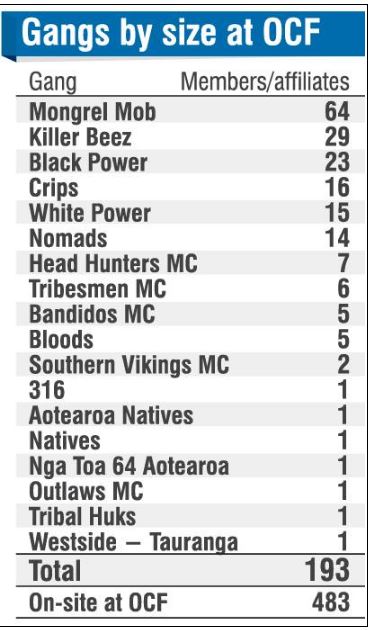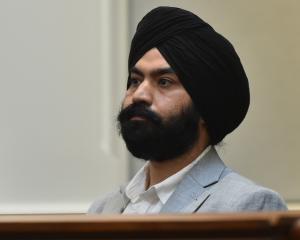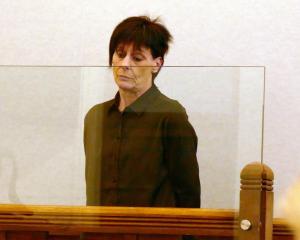
The Killer Beez, with 29 inmates who were members, affiliates or connected with the group inside Otago Corrections Facility (OCF), is one of 18 gangs in the prison.
Of the 483 prisoners at OCF on January 22 this year, 60 were full gang members, while 133 had a gang connection or affiliation, according to figures obtained from Corrections under the Official Information Act.
By far the largest gang inside the Milburn prison is the Mongrel Mob, at 64 members, affiliates or connections.
University of Canterbury sociologist Jarrod Gilbert, author of Patched: The History of Gangs in New Zealand, said the wide range of gangs inside OCF was due to blowouts in the prison muster in the North Island resulting in inmates being sent South.
"Obviously, there are groups down there that aren't from your community," Dr Gilbert said.
A striking feature of the data was the rise of "LA-style street gangs", such as the Crips (16 members/affiliates/connections inside OCF), Bloods (5) and Killer Beez (29), he said.
"The other interesting thing is the real significance, the real presence of LA-style street gangs.
"Which is a really significant shift from historically, where we would have Mongrel Mob and Black Power dominating, followed up by outlaw motorcycle clubs, the likes of Road Knights and Southern Vikings."

The gang thrived and generated huge media coverage after a spate of killings in 2006, becoming one of the few LA-style street gangs to achieve longevity in New Zealand.
Such gangs tended to create "institutional challenges" for Corrections staff, Dr Gilbert said.
"They tend to be younger, and younger men tend to be more violent."
A source working inside OCF said the gang was definitely one of the "bigger hitters," inside, holding sway over other groups.
However, a recently released prisoner who served time at OCF said he had no issue with the Killer Beez while inside.
"They are ... just people at the end of the day.
"Kind individuals that are very welcoming to you if you respect them. However, with all gangs, if you cross them you're in for some trouble," the former prisoner said.
Also notable from the figures was the presence of 15 members or affiliates of a gang called White Power.
Dr Gilbert said the South Island had long played host to white supremacist groups, but they were in a lull after their heyday in the 1990s.
Various outlaw motorcycle clubs also have members or associates inside OCF, including the Bandidos, Outlaws, Southern Vikings, Tribesmen and Head Hunters.
Writing in a letter attached to the data, Corrections National Commissioner Rachel Leota said the recruitment of prisoners into gangs and any gang-related activity was "actively discouraged" in prisons.
But as in the community, the proportion of prisoners identified as gang members has been steadily increasing over the past 30 years.
Corrections was working on a range of initiatives concerning gangs, including "site-based gang management plans, a framework to facilitate direct engagement with gangs and their whanau, and improved intelligence tools to inform staff and support the development of safe prison environments," she said.
Prisoners were identified as having gang connections by tattoos, gang paraphernalia, information from other agencies, admissions to staff, observations by staff and intelligence from other sources.













